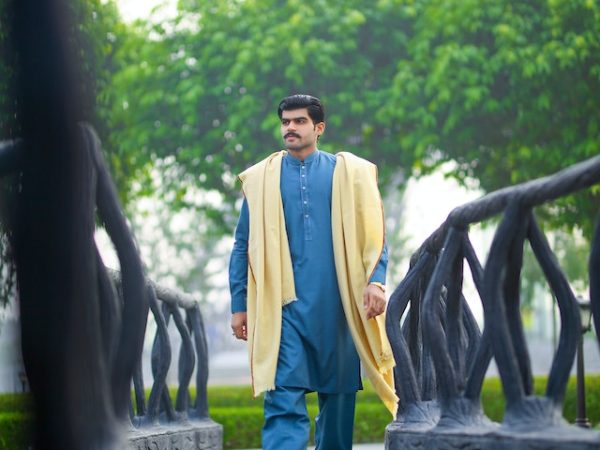Introduction
In the vibrant tapestry of Pakistani culture, few garments encapsulate the essence of tradition and style quite like the shalwar kameez suit. This iconic ensemble has traversed centuries, bridging the gap between tradition and modernity, while remaining a symbol of grace, comfort, and cultural heritage. From the bustling streets of Lahore to the international runways, the Pakistani shalwar kameez continues to capture the hearts of fashion enthusiasts and cultural aficionados alike.
A Glimpse into History
The shalwar kameez, with its origins dating back to the Mughal era, has witnessed the ebb and flow of time, evolving and adapting to various trends. Originally worn by both men and women, the attire has taken on new forms, colors, and embellishments over the years. This adaptability has not only preserved its relevance but also ensured its position as a national treasure.
Elements of Elegance: Kameez and Shalwar
- Kameez: The kameez, a tunic-like top, is the cornerstone of the shalwar kameez ensemble. Its length, fabric, and embroidery can vary, catering to a wide range of occasions. From casual cotton kameez for everyday wear to intricately designed silk kameez for special events, this piece of the ensemble embodies the fusion of cultural heritage and contemporary fashion.
- Shalwar: The shalwar, a loose-fitting trouser, balances comfort and style effortlessly. Its baggy design allows for ease of movement, making it a preferred choice for both formal and informal settings. While traditional shalwars maintain their popularity, modern iterations have introduced slimmer cuts and innovative silhouettes, appealing to diverse tastes.
The Art of Embellishments
- Embroidery: Pakistani shalwar kameez suits are renowned for their intricate embroidery. From delicate threadwork to lavish embellishments with sequins, beads, and mirrors, each piece narrates a story of skill and craftsmanship. Embroidery patterns often hold cultural significance, showcasing regional designs and motifs that pay homage to Pakistan’s diverse heritage.
- Block Printing: The art of block printing lends a rustic charm to many shalwar kameez ensembles. This technique involves using hand-carved wooden blocks to apply intricate patterns onto the fabric. Block printing not only adds a unique visual texture but also supports local artisans and sustainable practices.
Colors that Speak
The color palette of Pakistani shalwar kameez suits is a spectrum that reflects cultural symbolism and personal expression. While white and pastel shades denote purity and grace, vibrant hues like crimson, emerald green, and royal blue exude energy and festivity. These colors allow wearers to convey their emotions, affiliations, and even their connection to their roots.
A Global Fashion Statement
In recent years, the Pakistani shalwar kameez has transcended borders and found a place on international runways and in the wardrobes of fashion connoisseurs worldwide. Designers have infused modern aesthetics with traditional elements, creating fusion pieces that celebrate the beauty of cross-cultural exchange.
Conclusion: Weaving Timeless Threads
The Pakistani shalwar kameez suit stands as a testament to the enduring spirit of tradition and style. As it continues to evolve and adapt, it serves as a bridge between generations, connecting the past with the present and embracing the future. With its rich history, intricate craftsmanship, and ability to reflect individuality, the shalwar kameez remains a cherished and iconic symbol of Pakistani culture. So, whether worn in the bustling streets of Lahore or the cosmopolitan cities of the world, this ensemble weaves together threads of elegance, heritage, and beauty that are truly timeless.
